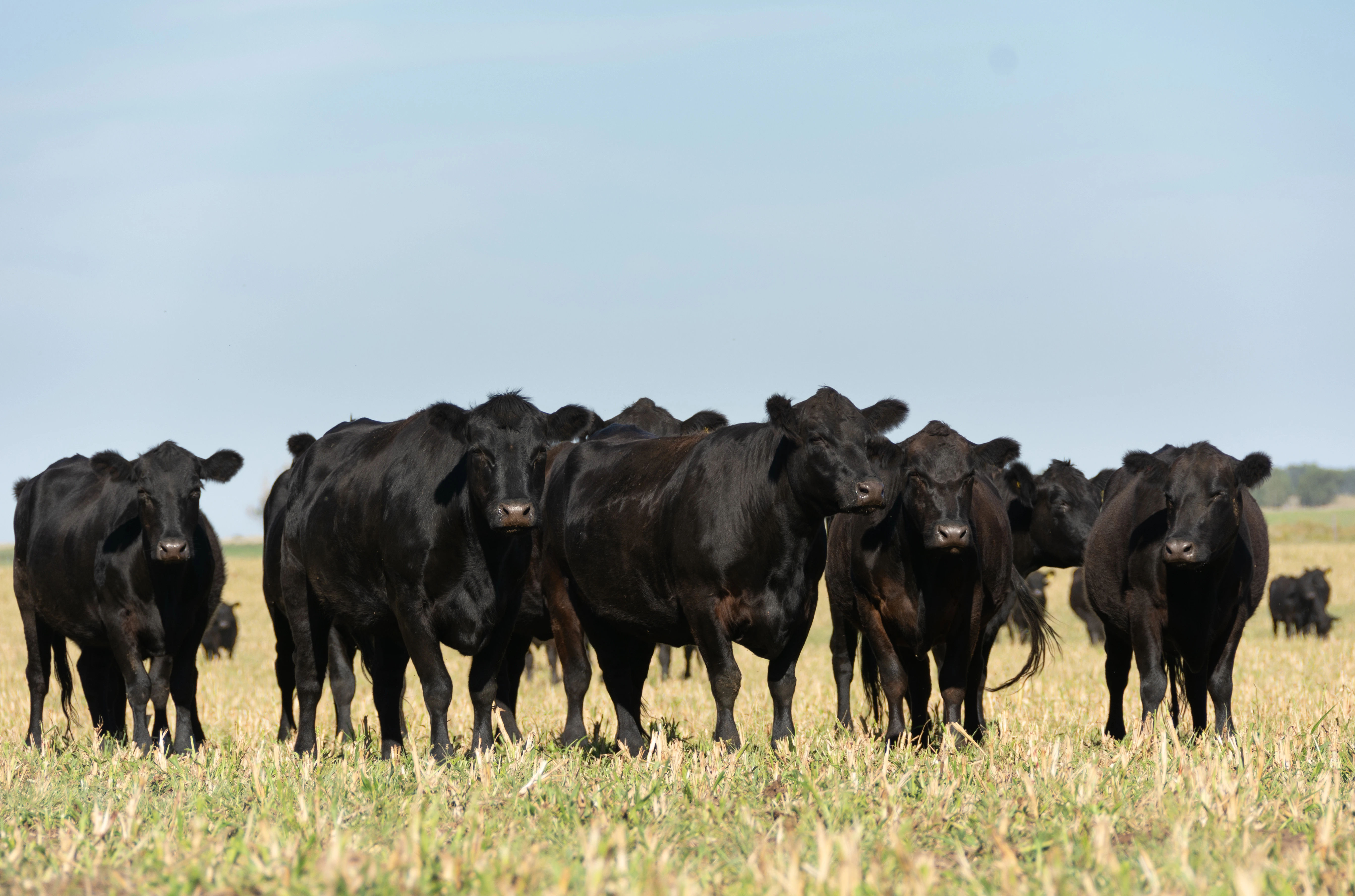
By Rixt Miedema, DVM
Raising calves from birth to weaning can be one of the most rewarding – and the most frustrating – aspects of dairy production.
The health and productivity of replacement heifers also directly influences the future of every herd. Our ultimate goal: to capture the careful genetic decisions that went into creating those heifers, through optimal care and nutrition.
Seven of the fundamental bases to cover in doing that are:
- Colostrum delivery – It may sound like a broken record, but delivering 4 quarts of high-quality colostrum within the first 4-6 hours of life is vital to every calf’s survival. Colostrum not only provides essential immunoglobulins to support life, but also transfers immunity from dry-cow vaccination of the dam to the offspring. Human babies get some immunity from their mothers in-utero, but calves only can get it via colostrum. And be sure the colostrum you’re feeding is clean, preferably through pasteurization. I think feeding dirty colostrum and inoculating calves with a massive dose of bacteria is almost more harmful than feeding no colostrum at all.
- Milk feeding temperature – We want every feeding of milk, milk replacer, and colostrum to be 102-105°F at the time of consumption. Temperatures colder than this – especially if they dip into the 90s or lower -- are the greatest concern. They set calves up for the potential of clostridial flare-ups that can cause bloating and sudden death. I encourage regularly taking and recording the temperature of the first and last bottle fed, using a digital needle-probe thermometer. Milk temperature also needs to be adjusted based on weather conditions. If it’s 0°F outside, you might need to heat milk to 112-115°F as the bottles are filled.
- Milk solids level – Total solids in both hospital milk and milk replacer can vary quite a bit, and that’s not good for calves. Hospital milk may be low in solids due to sick cows and/or water inadvertently added to the milk, which deprives calves of needed nutrition. On the other end of the spectrum, too-high solids can upset calves’ systemic fluids balance and slow the passage rate of milk through the digestive tract. The result can be scours, bloating, or both. I recommend testing total solids of milk or milk replacer with a Brix refractometer on a consistent schedule of at least once a month, with a target solids content of 13-14%.
- Milk cleanliness – In that monthly check, it also is highly useful to evaluate milk or milk replacer for coliform counts and standard plate count (SPC). The target for coliforms is <50 cfu/mL, and for SPC it’s <10,000 cfu/mL. While these are the upper bounds of what’s acceptable, I have seen many operations successfully achieve coliform levels of <25 cfu/mL and SPCs of nearly 0. These samples should be randomly pulled from bottles “as fed.” If they exceed recommended limits, work back through the system to find the source. The “hot spot” might be the nipples, bottles, transfer lines, valves, or holding tank. Even pasteurized milk can have excessive bacteria if it is not stored properly before or after pasteurization.
- Feeding times -- Calves need consistency, especially when they are small. Though many factors can affect feeding times on a dairy or calf ranch, aim to feed at the same time every day. I also suggest striving to give the youngest calves the most consistent spread between feedings. For calves fed twice a day, that means aiming for a 12-hour interval. This might require feeding the youngest calves first in the morning and last at night to achieve the desired interval.
- Total protein assessment – Measuring total serum proteins in newborn calves is an effective way to keep a finger on the pulse of your colostrum protocol execution. The new industry standard is a serum total protein goal of 6.2 g/dL. I like to see dairies sampling 10-12 calves per week, within an age range of 1-5 days. Any of the doctors in our practice can help you set up a simple, on-farm lab and procedures to collect, evaluate, and record these samples.
- Navel dipping – In my experience, dipping navels on newborns still is the biggest calf-care fundamental that doesn’t happen often enough. The umbilicus is a wide-open entryway into the abdomen that leaves calves highly susceptible to septicemia infections. My preference is to treat navels within an hour of birth, and again before calves are moved from the maternity area, with a dip cup – not a spray. Use a commercial product that is specifically developed for navel treatment and contains at least 7% tincture of iodine. And I’m not a fan of tying off or clipping navels, as this can trap bacteria into the abdomen with no exit route.
In my daily practice, I see dedicated people doing an amazing job of raising healthy calves. And unfortunately, I also still see periods of sickness and challenge. Consistently following these fundamentals can go a long way toward routine care of healthy calves, and away from battling illness and death loss.








